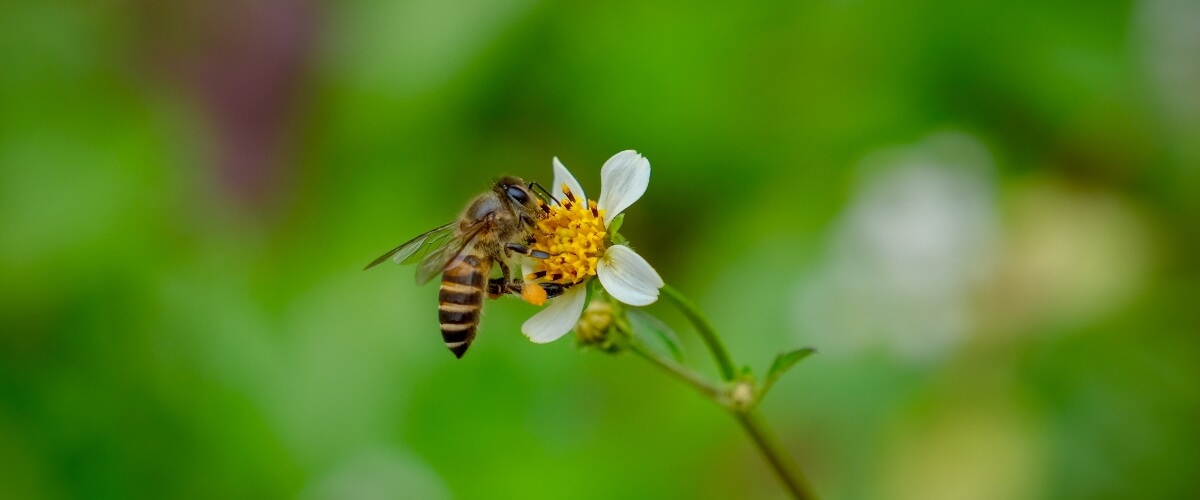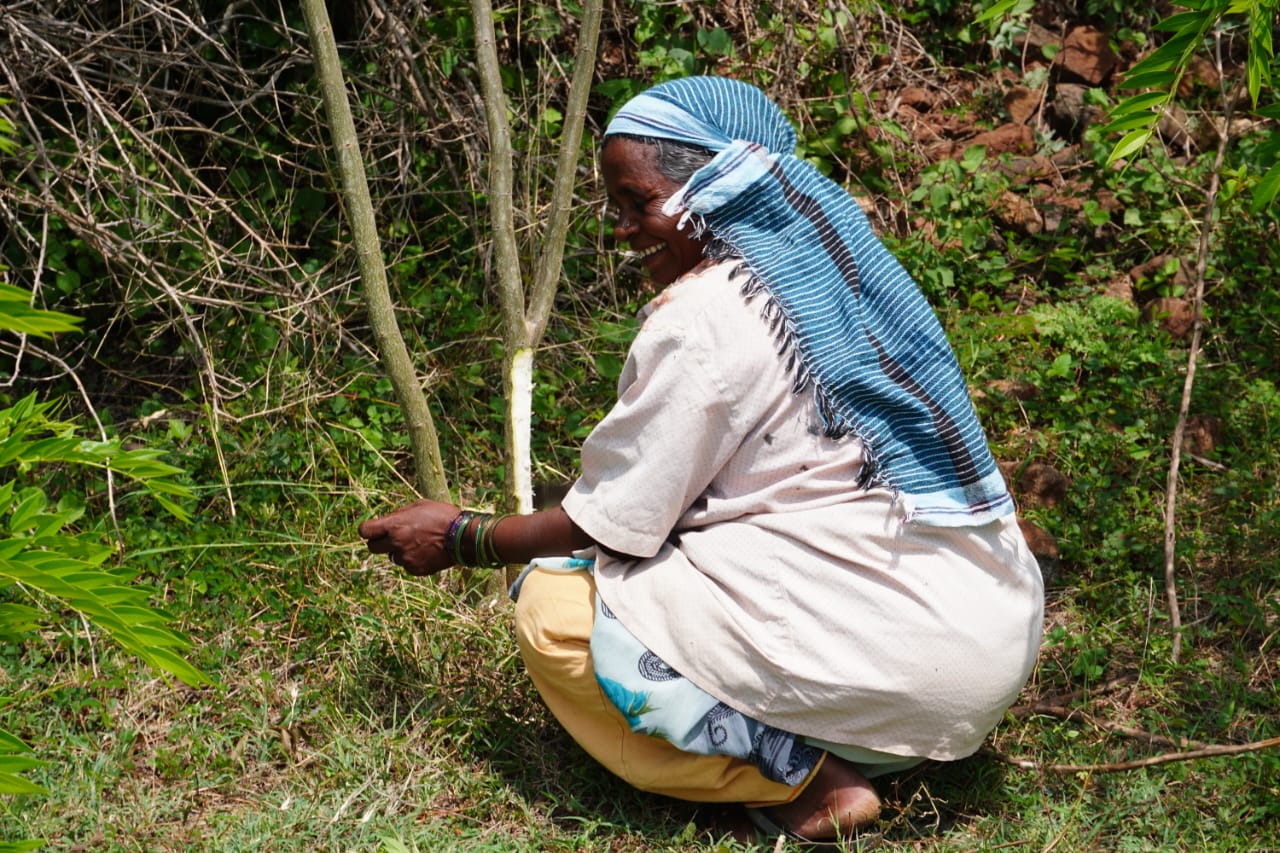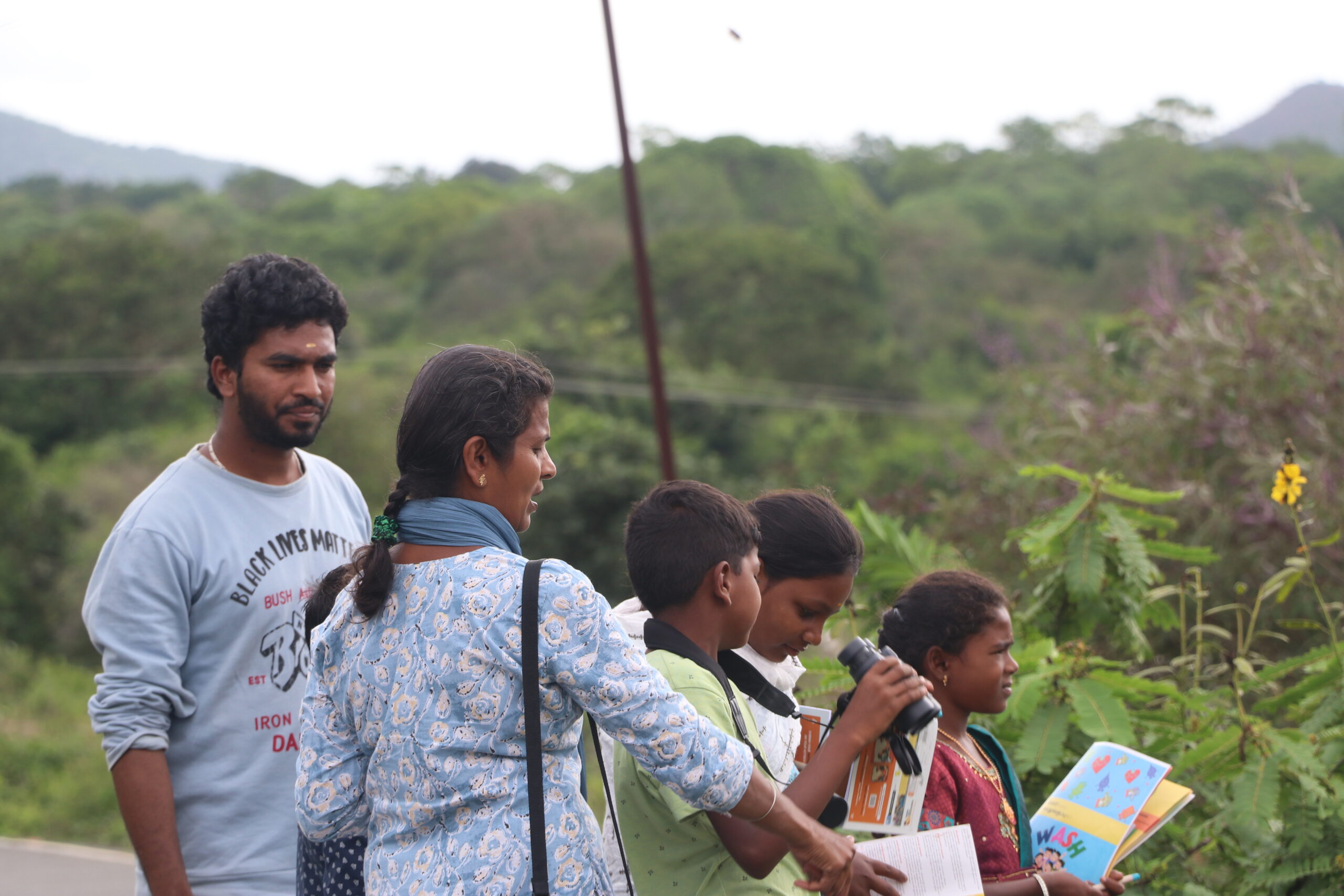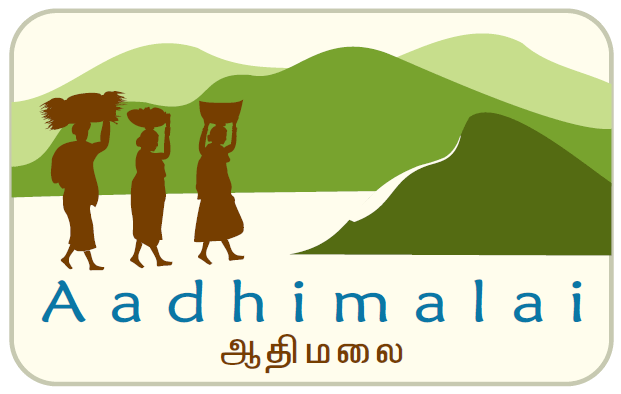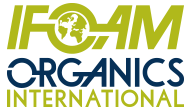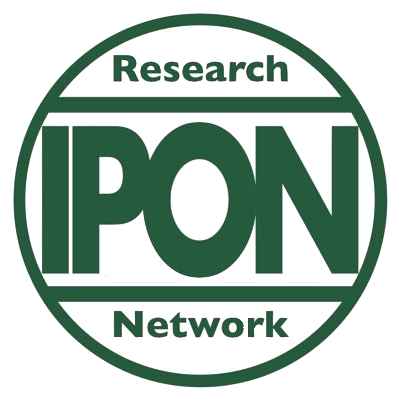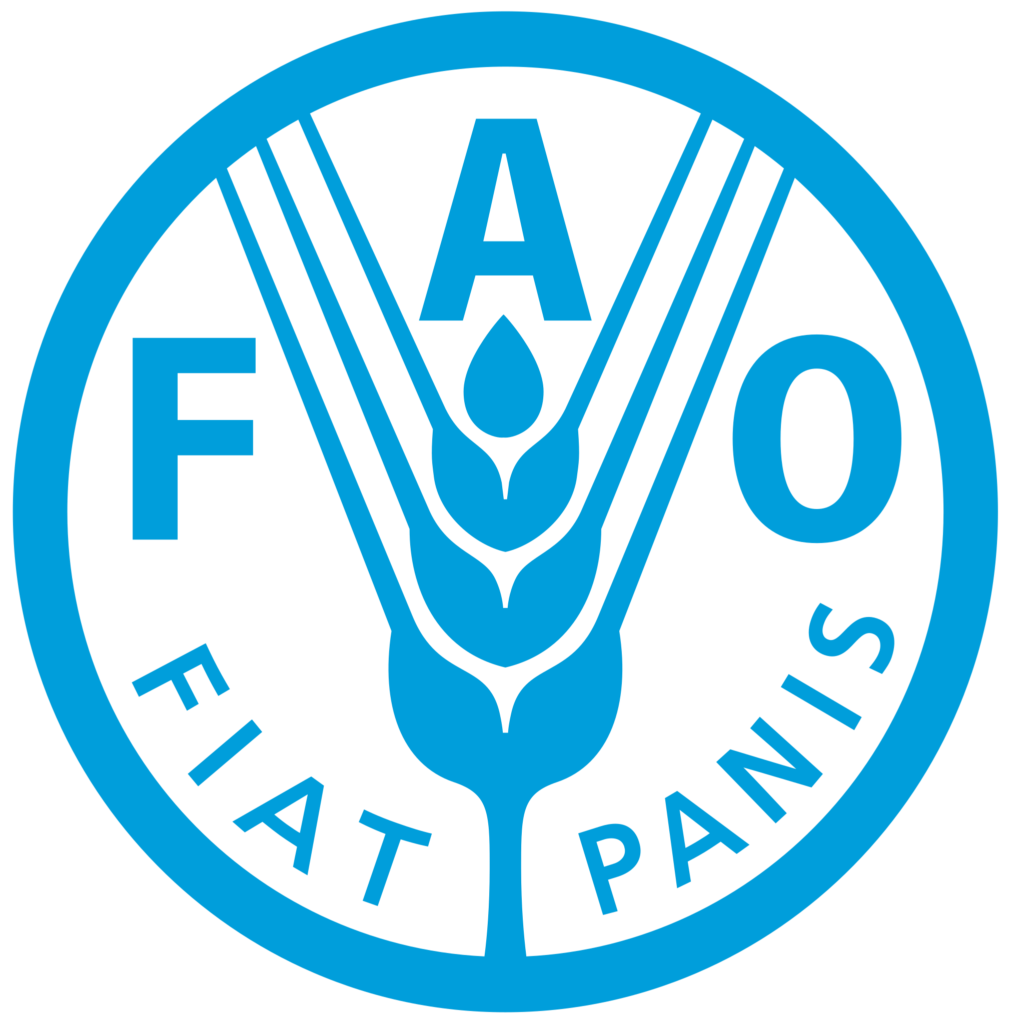Biodiversity plays a crucial role in mitigating climate change effects. To maintain the biodiversity of a landscape, we need pollinators—native pollinators who have maintained the ecological equilibrium for millennia and beyond. In India, we have honeybees from the Apis family-like Apis dorsata, Apis cerana indica, Apis florea, and stingless bees as apex pollinators who also produce natural, raw honey in the process.
Apis mellifera, the Western bee or European bee, known for its ability to produce a large amount of honey, has begun dominating the Indian apiculture scene. In a capitalist world where productivity is performance and exploitation is normalised, Apis mellifera has turned out to be the Jersey cow of the honey trade. Which big trader would want to choose an Apis cerana that produces 5kg (avg) honey as against an Apis mellifera colony that would produce 20kg honey (avg) in the same timeframe?
Here are a few reasons why we strongly recommend recognition for Indian bees and the wild honey from them. Indian bees pollinate at various plant and tree levels whereas Apis mellifera pollinates largely agricultural produce and favours monoculture. That means Apis mellifera can do little to maintain the highly biodiverse landscapes in India. This is not good news.
Apis mellifera is also a very tamed bee species which Mathew John, one of the founders of Keystone Foundation, believes has been achieved through some amount of culling where the aggressive hives have been eliminated to make the species lose certain traits, unfavourable for beekeeping. In the process, the species has lost its ability to fight predators and has become highly vulnerable to diseases. More diseases among bees result in an increase in the use of antibiotics to treat them. These antibiotics eventually find their way into honey. Beekeeping is now an expensive affair in India and has marginalised small beekeepers who have no voice in the market.
But is Apis mellifera the only problem that’s plaguing apiculture and honey trade in the country? Time and again, various governments have come up with damaging regulations designed to aid the growth of big players and the decline of quality honey.
An extensive lab analysis done by the Centre for Science and Environment (CSE) last year exposed adulteration of honey with rice and corn syrup by various popular brands. How was it possible for honey with 60-70 pc of sugar syrup to go undetected? For honey to pass the market eligibility test in India, it needs a pollen count of only 5000 per gram. Raw wild honey, on the other hand, has a pollen count that can go upto 25,000 per gram or even more. With so little pollen count as a mark of authenticity, it is easy to pass “quality” tests with sugar syrup and fool customers.
And boy, did we get fooled?
By Arathi Menon

